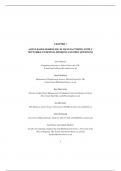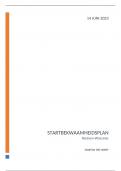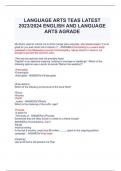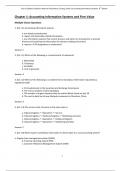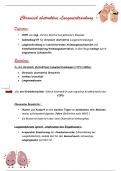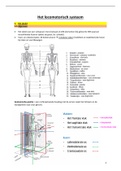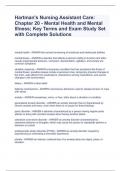Tentamen (uitwerkingen)
AGENT-BASED MODELLING IN MANUFACTURING SUPPLY NETWORKS: POTENTIAL BENEFITS AND OPEN QUESTIONS
- Vak
- Instelling
networks may be transferred to the designed networks on which so much of modern life depends. The structure of this chapter is as follows. Section 2 describes in more detail the challenging modern manufacturing context within which goods and services are ordered, manufactured and distribut...
[Meer zien]
